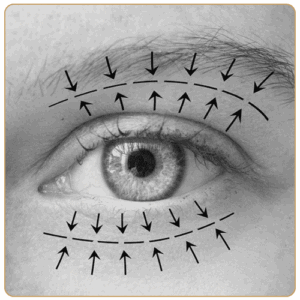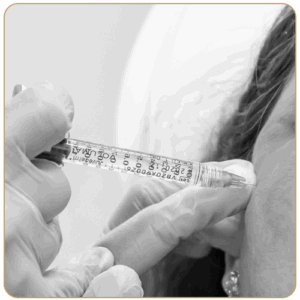Rhinoplasty is a popular cosmetic surgery procedure to enhance the appearance of the nose. One of the most common concerns following surgery is swelling.
Understanding how long the swelling will last and how much swelling to expect is important for those considering or who have had rhinoplasty surgery. In this article, we will discuss the duration of swelling after rhinoplasty, which areas of the nose tend to swell the most, and the best way to reduce swelling after the procedure.
“How much swelling can I expect following rhinoplasty surgery?”
After rhinoplasty surgery, swelling is a normal and expected side effect. The amount of swelling can vary depending on the individual and the extent of the procedure.
Some patients may experience only minimal swelling, while others may have more noticeable swelling. The swelling usually peaks 2-3 days after surgery and then starts to subside.
How long does swelling last after rhinoplasty surgery?
The duration of swelling after rhinoplasty can vary, but most patients can expect to have swelling for several weeks to months after the procedure. The majority of the swelling should resolve within the first 3-6 months, but it may take up to a year for the final results to be visible.
Do some areas of the nose swell more than other areas?
Yes, some areas of the nose tend to swell more than others after rhinoplasty. The tip of the nose is usually the area that experiences the most swelling. The bridge of the nose may also have some swelling, but this tends to be less noticeable.
What is the best way to reduce swelling after a Rhinoplasty? The best way to reduce swelling after rhinoplasty is to follow your surgeon’s instructions carefully, including getting plenty of rest, keeping your head elevated, and applying ice to the nose as directed.
In addition, avoiding activities that put pressure on the nose and taking pain medication as prescribed can help to reduce swelling and discomfort.
In conclusion, swelling is a normal side effect of rhinoplasty and can last for several weeks to months after the procedure. The amount of swelling can vary, with the tip of the nose being the area that experiences the most swelling. Following your surgeon’s instructions carefully and avoiding activities that put pressure on the nose can help to reduce swelling and promote a smooth recovery.










